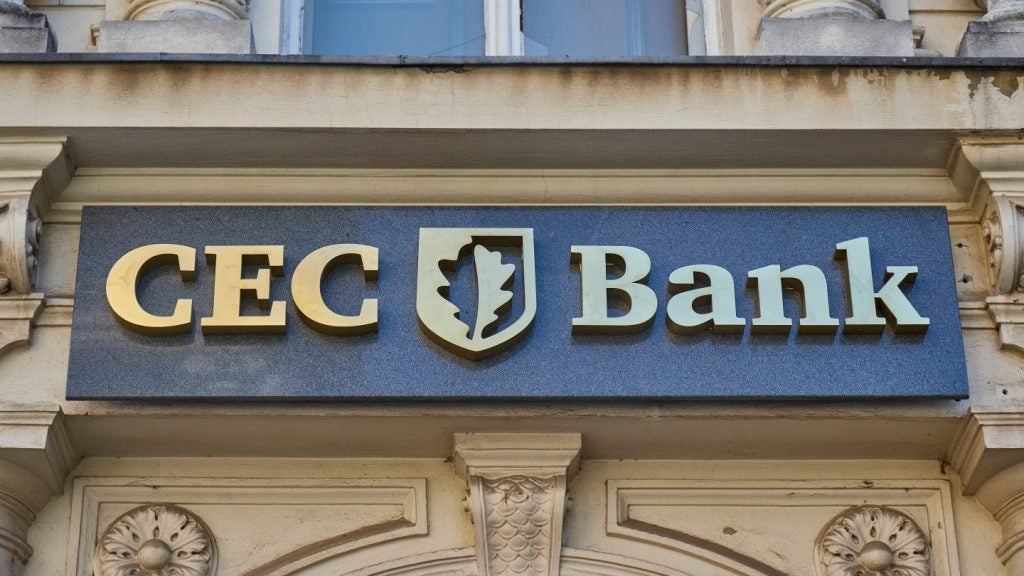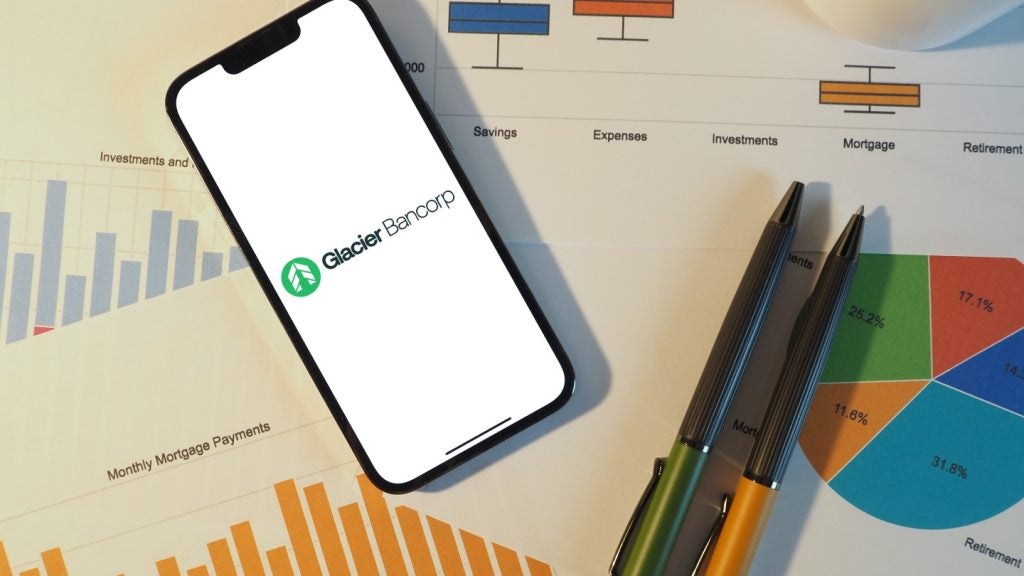the ‘world’s most preferred consumer bank’, has outlined its plans
to 2014 – saying it wants to double retail client balances within
five years to around €700 billion. Dan Jones talks to César
González-Bueno, general manager at ING Direct and CEO of ING Direct
Spain, about the group’s strategy.
ING Direct has announced ambitious plans to double retail client
balances within five years as it looks to use product
diversification and multiple price points to maintain growth rates
in the face of an economic backdrop very different to the one seen
at the bank’s launch in 1997.
Speaking at an investor day in Madrid on
19 September, ING Direct’s chief executive Dick Harryvan said that
the unit, which had total client retail balances of €318 billion
($456.4 billion) as of 30 June 2008, was well positioned to meet
its objective. “It equates to about 15 percent growth per year. We
have the capacity to do that,” Harryvan said.
While no market is proving to be immune to
the financial distress enveloping global markets, ING sees the more
advanced downturn in the US as offering opportunities in the
savings space.
“Last year we saw that the US was not
growing so handsomely in savings, but this year is different,”
César González-Bueno, general manager at ING Direct and CEO of ING
Direct Spain, told RBI. “Our model remains somewhat
dependent on the savings cycle and the interest rate cycle. So we
will see faster growth in the US and we will probably see it in
Europe.” For now, however, ING acknowledges that margins in
European markets are being squeezed.
González-Bueno suggests that “close to 50
percent of the available savings in our markets are very poorly
priced”, but believes that an inevitable increase in competition
for savings will not prove detrimental to ING Direct.
“It creates a bigger pie – we might get a
smaller share of that pie, but usually it improves our numbers and
our growth,” he said, adding that ING’s problems in the UK market
(see RBI 587) on this score stemmed from the “extremely
polarised” domestic savings market.
The bank believes that its brand image
will stand it in good stead with its customers despite such
problems. It says it ranks either first or second on its ‘net
promoter score’ – based on whether customers would recommend the
firm to friends and family – in all markets for which data is
available.
How well do you really know your competitors?
Access the most comprehensive Company Profiles on the market, powered by GlobalData. Save hours of research. Gain competitive edge.

Thank you!
Your download email will arrive shortly
Not ready to buy yet? Download a free sample
We are confident about the unique quality of our Company Profiles. However, we want you to make the most beneficial decision for your business, so we offer a free sample that you can download by submitting the below form
By GlobalDataThis in itself is likely to boost savings
balances in the near term, with the bank citing research showing
that 91 percent of existing US customers plan to increase their
balances with ING Direct. “Continued growth in savings has occurred
more to the extent of numbers of customers rather than to the
extent of balances [thus far],” González-Bueno noted.
A continued expansion of product lines is
also expected to bear fruit. ING Direct has had particular success
with its current account offering in Spain, launched in September
2005. Average income per customer is some 2.7 times higher for
those with these payment accounts (€284 per customer) than those
without (€184), the bank says. The accounts are available in Spain,
the US and Germany, and, according to González-Bueno, will launch
in France, Italy and Australia “by the first quarter of 2009”.
That is also the target date for the
long-awaited launch of ING Direct in Japan, an entrance that has
been delayed but one that ING is still “very enthusiastic about”,
according to Harryvan. The same sentiment applies to the UK, a
market that has proved troublesome for the bank, illustrated by a
23.6 percent year-on-year profit decrease in 2007.
UK not sophisticated or
evolved
González-Bueno says he would “strongly
question whether the UK is a very evolved and sophisticated
market”. “Some people that are very active get above market rates
consistently, and others who aren’t able to follow the complexity
or don’t take the trouble are really underpaid,” he said. “What I
think will develop over time is a middle ground of people who just
want to be dealt with fairly and consistently.”
At the investor day, Harryvan noted that
ING Direct UK had now repositioned to focus on clients who are not
overly rate sensitive, while at the same time tracking the Bank of
England rate much more closely in an attempt to stem a tide of
outflows that was as high as £3.6 billion ($7 billion) in Q3
2007.
González-Bueno said that the new UK
strategy will not be as “radical” as that seen in previous years,
instead focusing on different pricing points – a strategy which the
bank sees as vital to its future performance across all markets.
Asked whether this may jeopardise ING’s ‘treating customers fairly’
ethos, González-Bueno said that “in every market you have to adapt,
but we will maintain our transparency and our emphasis on
simplicity”.
That simplicity now, nonetheless, extends
across a range of products that includes investment products and
mortgages in many of ING’s nine existing markets. Exposure to the
deteriorating US, UK and Spanish property markets is limited due to
the bank’s emphasis on high underwriting standards, with
delinquency rates still well below market averages. Despite
lingering fears from analysts, Harryvan told investors ING was
“very happy” with its book of five- to seven-year adjustable rate
mortgages, and denied the bank had any intention to run it off.
“This is the value of safe and sound
banking. Now we are lending more than the market and we are gaining
market share, but we are not desperate to do so – it is just that
our principles and values have remained constant while the market
has changed,” González-Bueno told RBI. “I think certainly
the diversification that is already in place in Germany, the US and
Spain, and we are well-positioned for bigger penetration in the
customer share of wallet, will boost our growth above the industry
average.”







